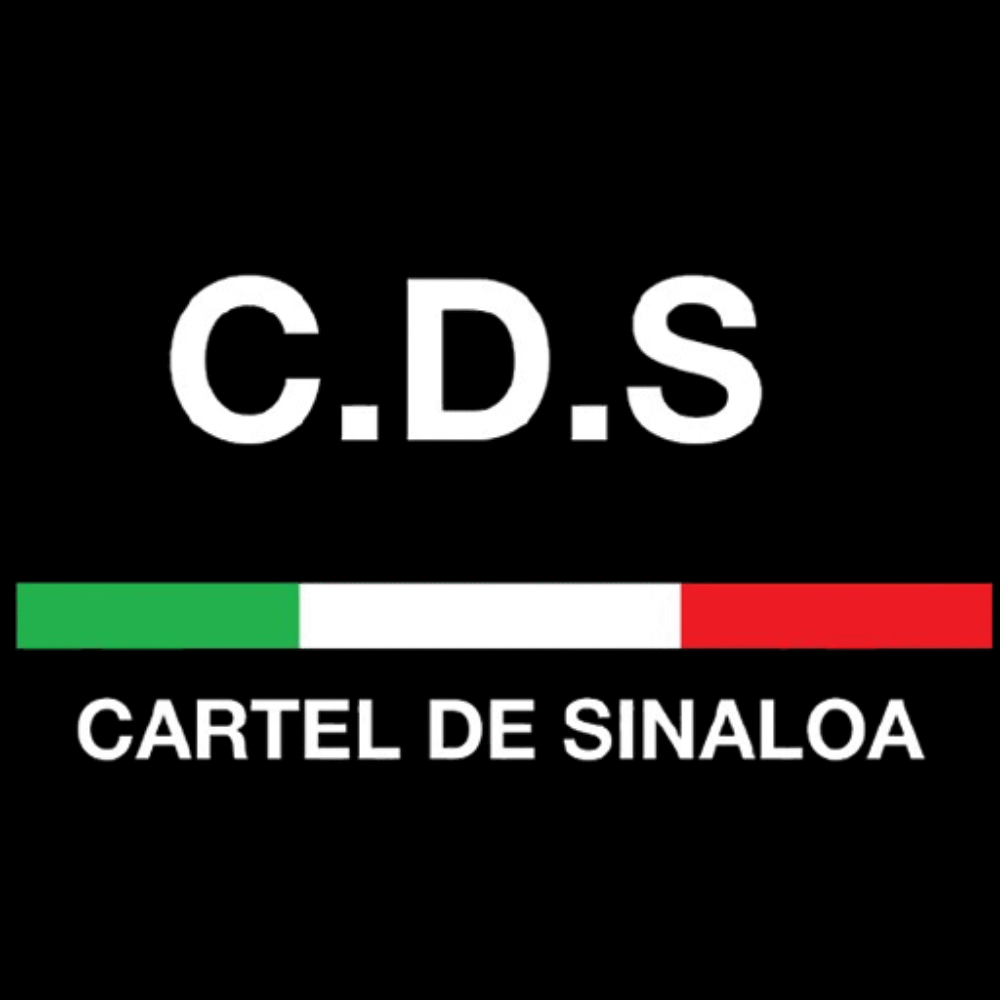How Sinaloa Cartel Launders Money Internationally
The Sinaloa Cartel’s ability to move billions of dollars annually depends heavily on sophisticated international money laundering networks. These operations allow the cartel to hide profits, fund expansion, and maintain control while evading financial regulators and law enforcement worldwide.
1. Bulk Cash Smuggling
One of the most direct methods involves physically transporting large amounts of cash:
- Couriers move bulk cash across the U.S.-Mexico border hidden in vehicles or commercial shipments.
- Money is often broken into smaller amounts to avoid detection and deposited in multiple bank accounts.
2. Trade-Based Money Laundering (TBML)
The Sinaloa Cartel uses legitimate trade as a cover for laundering:
- False invoices and over- or under-invoicing allow funds to be moved through international trade.
- Companies owned or controlled by the cartel import and export goods, disguising illegal proceeds as business revenue.
- Common industries used include textiles, electronics, and agricultural products.
3. Shell Companies and Front Businesses
The cartel establishes hundreds of legitimate-looking businesses worldwide:
- Restaurants, real estate companies, construction firms, and retail stores serve as fronts.
- These businesses co-mingle legal and illegal funds, making detection difficult.
- Many operate in cash-heavy industries that naturally justify large cash transactions.
4. Use of International Banking Systems
Corrupt financial insiders and complex banking structures help the cartel:
- Offshore accounts in tax havens protect identities and obscure transactions.
- Layering funds through multiple international accounts makes tracing difficult.
- The cartel uses trusts, foundations, and secret accounts to distance leaders from financial trails.
5. Cryptocurrency and Digital Assets
In recent years, the Sinaloa Cartel has increasingly adopted cryptocurrency:
- Bitcoin and other digital currencies allow fast, anonymous transfers across borders.
- Mixing services and privacy coins help further conceal transactions.
- Crypto is used both for international payments and to store wealth securely.
6. Casino Laundering
Casinos in Mexico, the U.S., and Asia offer another laundering channel:
- Cartel operatives buy chips with cash, gamble minimally, then cash out as legitimate winnings.
- Casinos’ large cash flows help mask the origin of funds.
7. Chinese Money Laundering Networks
The cartel partners with Chinese underground banking systems:
- Funds are moved between cartel associates and Chinese nationals through informal value transfer systems.
- This avoids international banking scrutiny and offers faster, cheaper money movement.
Conclusion (How Sinaloa Cartel Launders Money Internationally)
The Sinaloa Cartel launders money internationally through a diverse and highly sophisticated network of cash smuggling, trade manipulation, shell companies, digital assets, casinos, and global partnerships. These methods allow the cartel to sustain its billion-dollar empire, expand operations, and remain one of the most financially resilient criminal organizations in the world.


